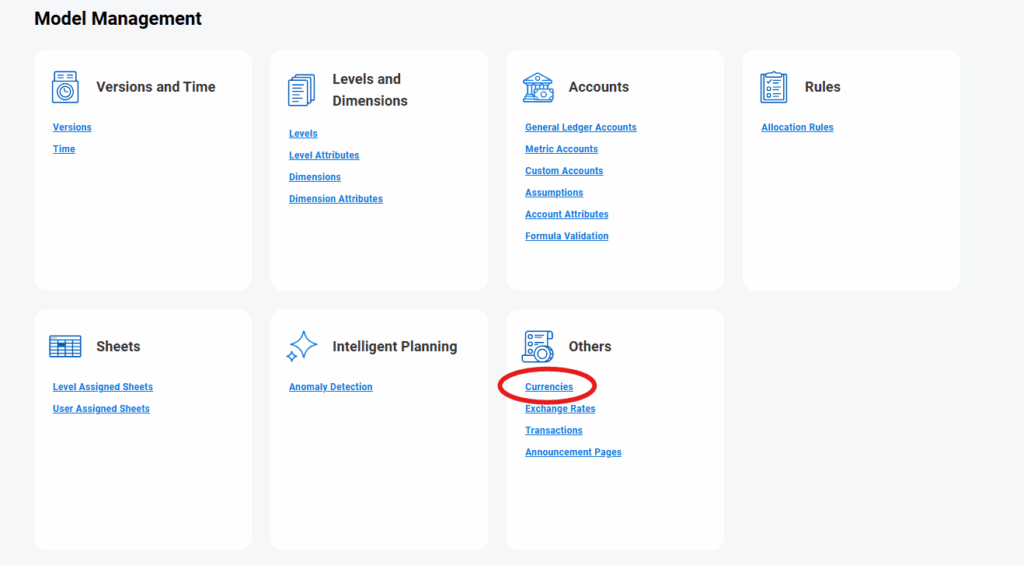In the ever-evolving landscape of financial planning and analysis (FP&A), effective cash flow management stands as a cornerstone for organizational success. A recent episode of FP&A Done Right – The Podcast on cash flow modeling delves into this critical topic, exploring how strategic planning can revolutionize the way finance teams approach cash flow forecasting and management.
The Imperative of Accurate Cash Flow Forecasting
Cash flow forecasting is more than just predicting inflows and outflows. It’s about enabling strategic decision-making and ensuring financial stability. This episode emphasizes the challenges organizations face with traditional forecasting methods, such as reliance on spreadsheets, which can lead to errors and inefficiencies.
Leveraging Company-Wide Planning for Enhanced Forecasting
Company-wide planning software is a powerful tool to address these challenges. We discuss how its real-time data integration and user-friendly interface allow finance teams to create more accurate and dynamic forecasts. Organizations can automate data collection and analysis, which enables finance teams and senior management teams to respond swiftly to financial changes and make informed decisions.
Core Principles for Effective Forecasting
- Real-Time Data Integration: The importance of having up-to-date information for accurate forecasting.
- Automation and Efficiency: How automating processes reduces errors and saves time.
- Strategic Decision-Making: Utilizing accurate forecasts to inform business strategies and investments.
- Scalability: Adapting forecasting methods to accommodate organizational growth and complexity.
This episode of FP&A Done Right provides valuable insights into modernizing cash flow management through technology. By adopting company-wide planning software, organizations can enhance their financial forecasting capabilities, leading to better strategic decisions and financial health.
For a deeper understanding, listen to the full episode.













